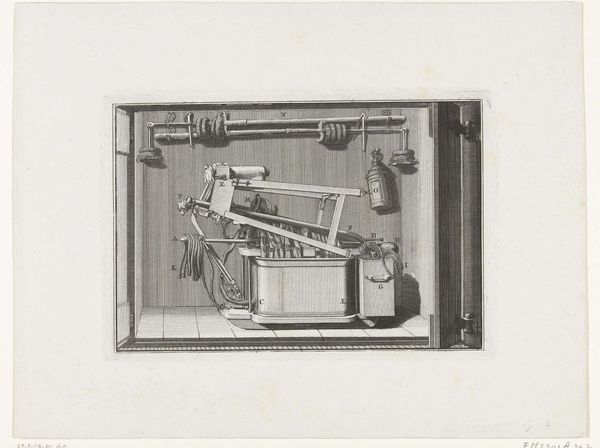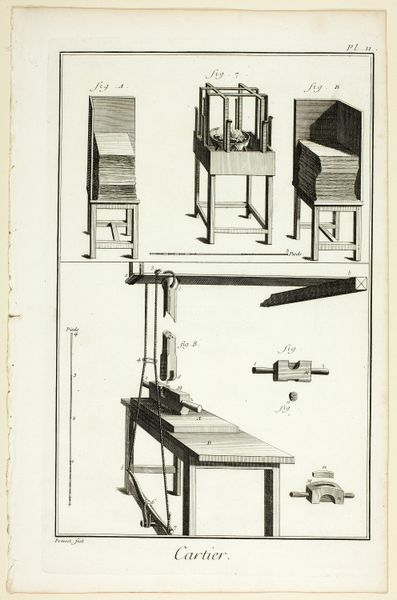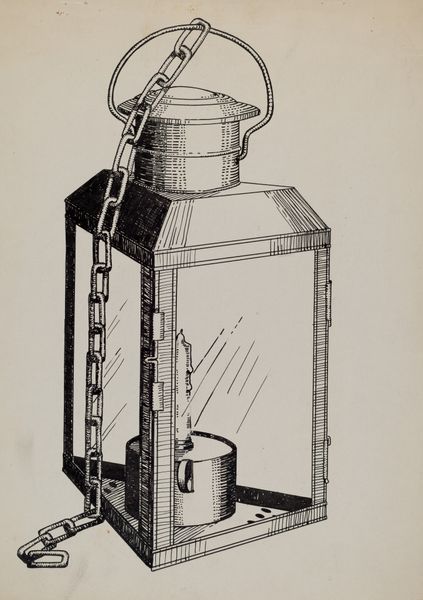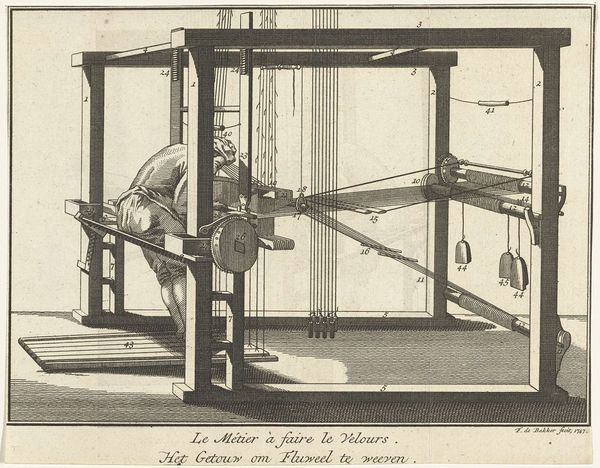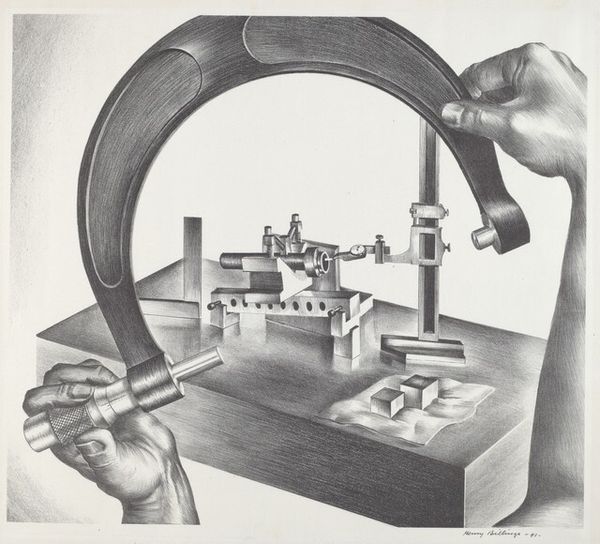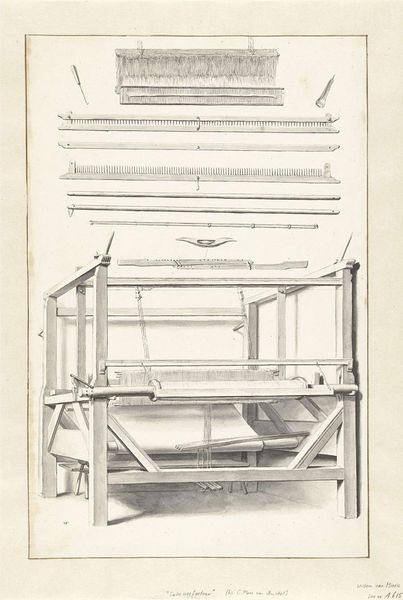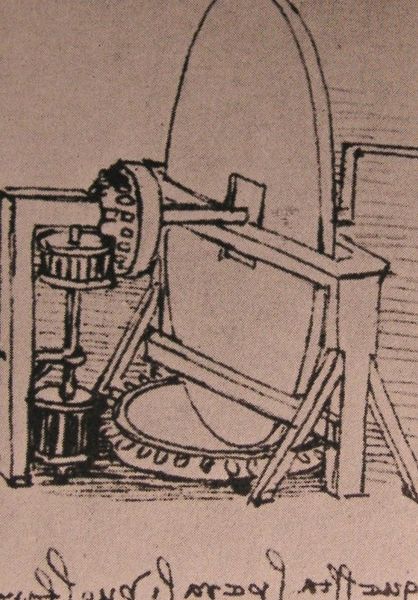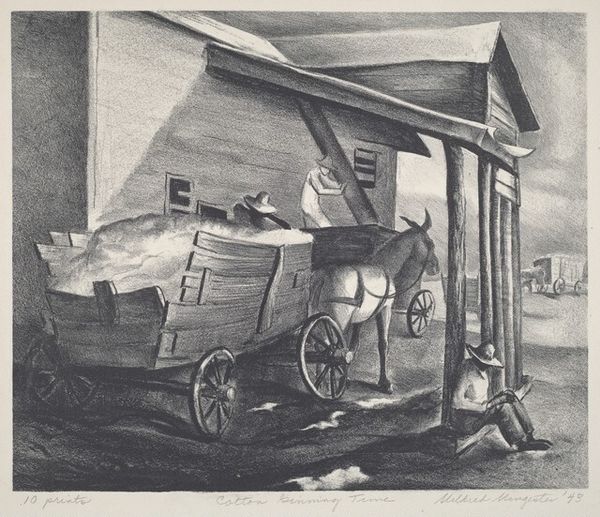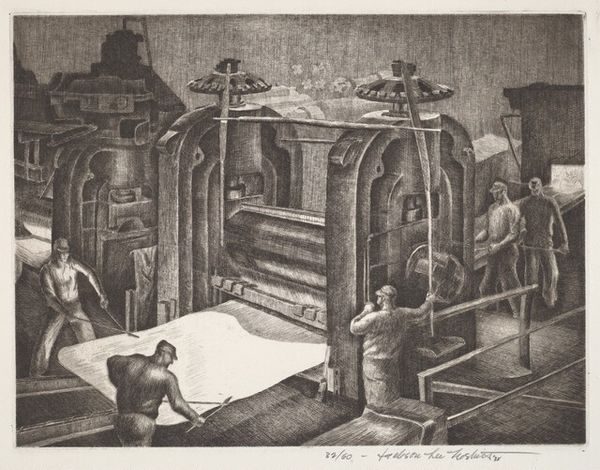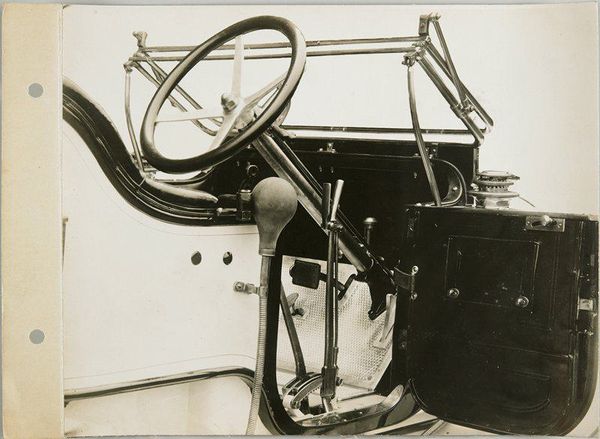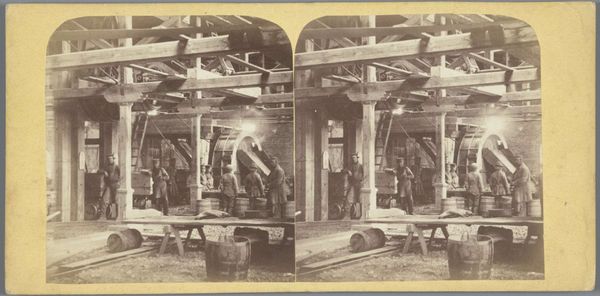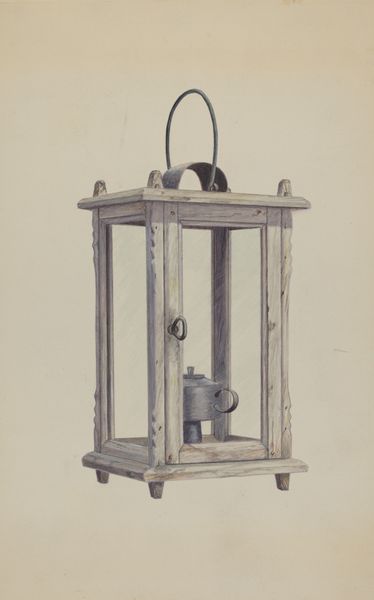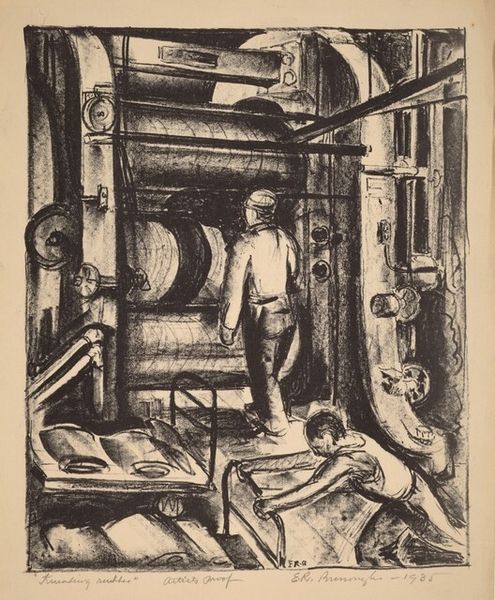
drawing, print, intaglio, photography, graphite
#
drawing
# print
#
intaglio
#
photography
#
geometric
#
graphite
#
realism
Dimensions: image: 326 x 252 mm paper: 408 x 303 mm
Copyright: National Gallery of Art: CC0 1.0
Editor: This is "Photo Camera," a 1951 intaglio print by William Sharp. It has a strong realistic style. The composition is very geometric and focused on machinery. What do you see in this piece? Curator: This print resonates with the visual language of industry and technology, prominent in the post-war era. What's compelling is how Sharp uses the detailed realism typically associated with photography to depict... a photographic apparatus. Consider how technology, at the time, often embodied utopian aspirations, promising progress. Editor: So, is Sharp commenting on photography through another medium? Curator: Precisely! The use of intaglio invites a slower, more deliberate engagement compared to the instantaneous nature of photography. Does this contrast perhaps prompt a dialogue about labor, the handmade versus the mechanical, or the aura of authenticity in reproduction? Editor: That’s a perspective I hadn't considered. It’s fascinating how the choice of medium changes the whole conversation about image making and its societal implications. Curator: The choice is critical. Also, notice the human figure almost disappearing amidst the machinery. One might consider how technological advancements often raise questions of human obsolescence within increasingly automated systems. What do you think? Editor: Definitely! The way the man blends into the machine almost suggests a loss of individuality within a mechanical world. It also speaks to how intertwined humanity has become with these inventions. This has changed how I interpret realism and photographic depiction.
Comments
No comments
Be the first to comment and join the conversation on the ultimate creative platform.
